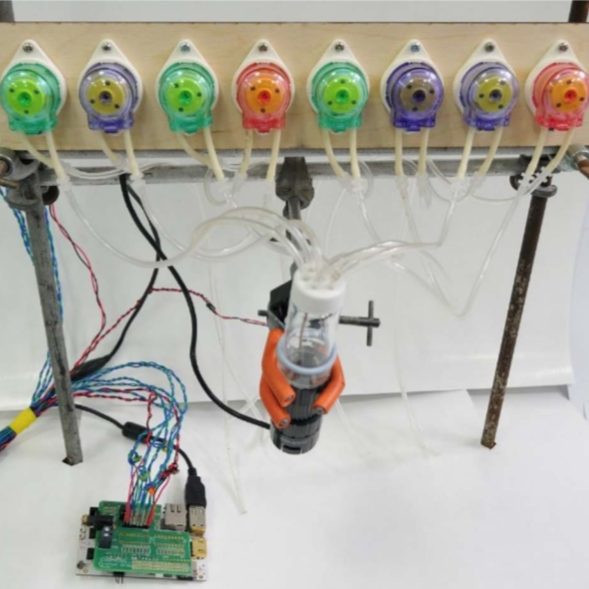
Distributed systems pervade modern computer technology. Examples include multi-core CPUs, GPUs, computer clusters, and the Internet itself. Although many forms of distributed computing have been developed, their main purpose is to increase the utility of individual resources through cooperation, often involving some form of parallelization.




